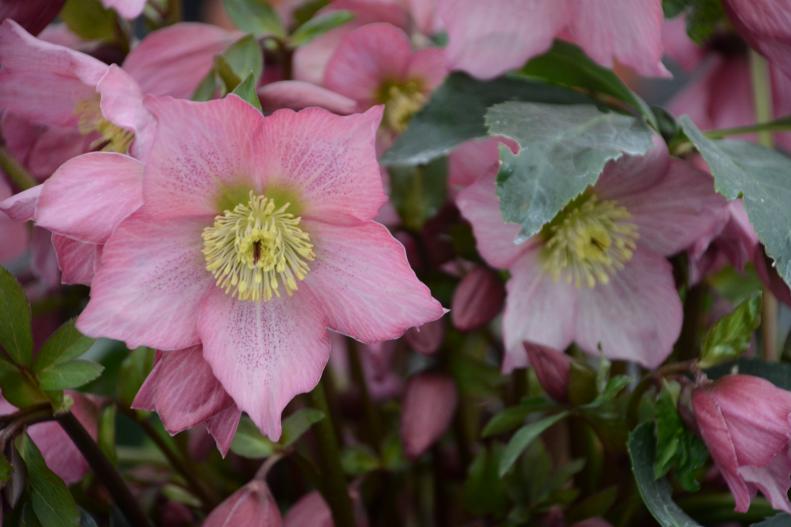1 / 25
Photo: Ball Horticultural Company
Hellebore
Hellebores are tough little plants that can shake off ice and snow to flower from late winter to early spring. Hardy in zones 6-9, they prefer a shady garden spot, and once they're established, they're drought tolerant. Try them with other shade-lovers, such as ferns, hostas and campanulas. Hellebores are sometimes called Lenten roses, because they bloom around the Lent season.









